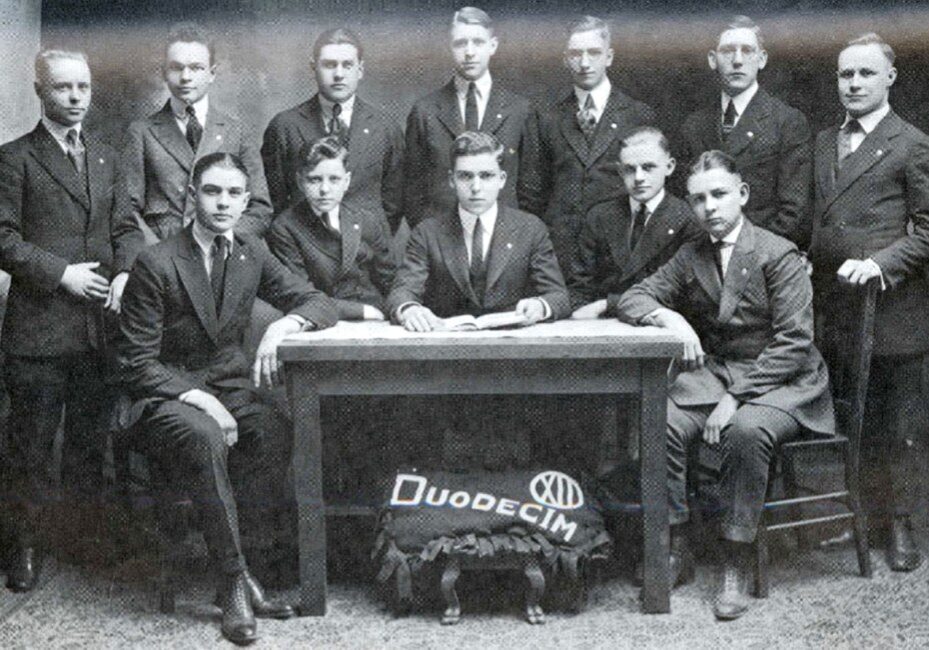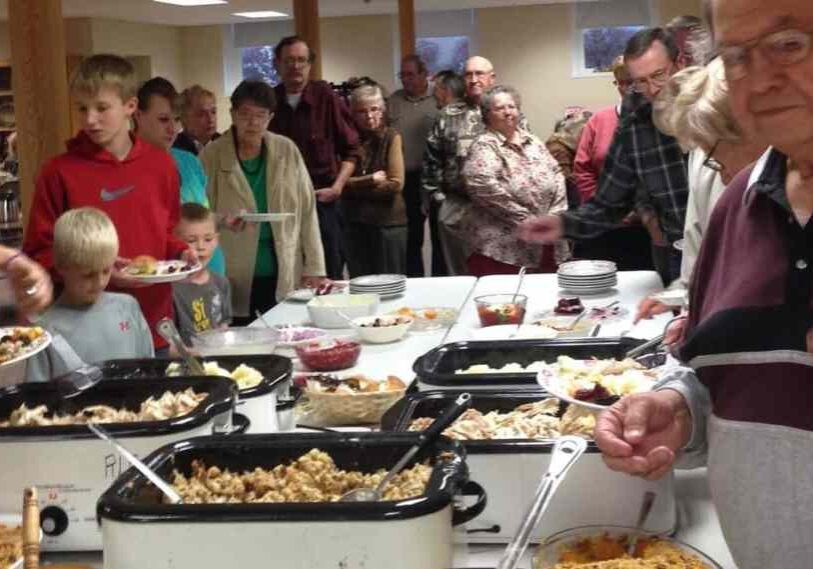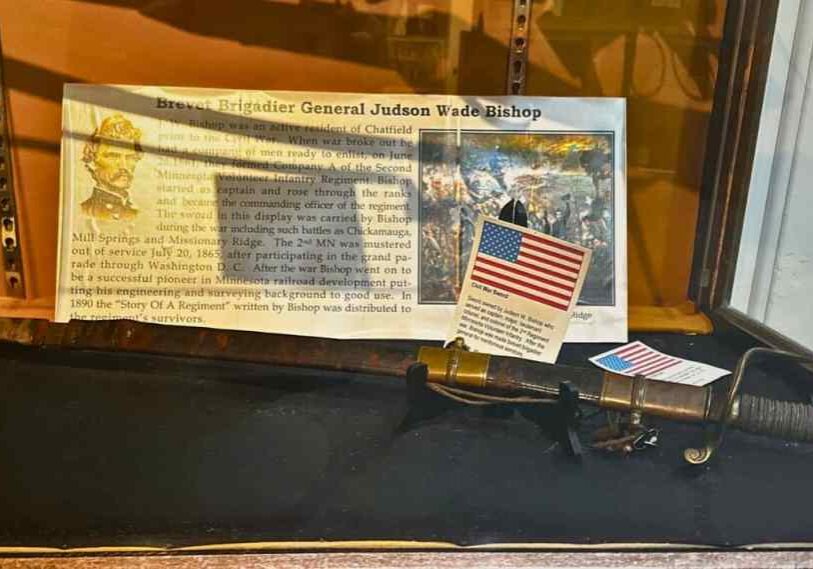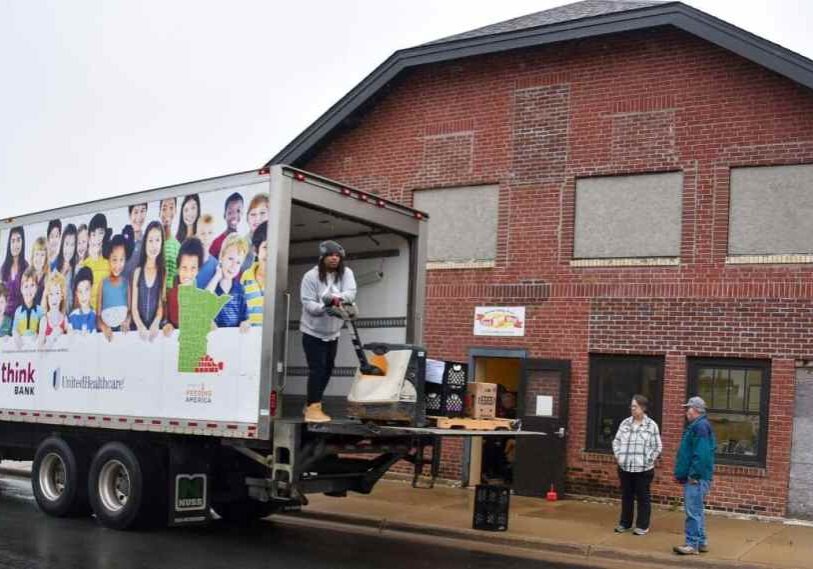Following the Stepping Stones of Volunteerism
A seed for volunteerism was planted at home

PRESTON — Volunteerism is a crucial part of life in America, especially in rural America where many people in a community wear multiple hats to work together and accomplish a goal or solve a problem. Southeast Minnesota is no exception.
Sheila Craig has always found a way to volunteer her time and talents and give to her rural community. She specifically credits her grandmother and mother for demonstrating how to live a life where you can find time to volunteer in meaningful ways to contribute to your community.
Craig grew up in northeast Iowa and quickly observed her mother and grandmother volunteering their time when they could. Her grandmother started a local 4-H club, and her mother was always volunteering at several things, mainly church where she even served as Burr Oak Methodist Church’s organist for 50 years.
Craig remembers being involved and always volunteering with 4-H as a youth. Her time in 4-H inspired her to obtain a degree in Home Economics Education from Iowa State University, where after college she worked as support staff for Iowa State University Extension in Ames, was a substitute teacher, and eventually took on the role as an Extension Educator in Fillmore County, after she and her husband Norm settled near Canton, Minnesota, about seven miles from where she grew up.
A career in community collaboration
When hired at Fillmore County Extension, Sheila Craig was told “you work until the job got done.” Her strong work ethic from her time as an Extension Educator shapes her dedication to the many volunteer roles she’s held over the years.
When her family moved to a farm just outside of Preston, Sheila became involved in volunteering alongside her two son’s activities. She volunteered with the Boy Scouts, watching both of her sons become Eagle Scouts, and she also volunteered with 4-H, often taking on roles, like announcing the dairy cattle judging, so she could watch her sons compete.
Over the years, Sheila continued to develop her leadership and education skills, and received a master’s degree in adult education from the University of Minnesota.
Upon retirement as a Leadership and Civic Engagement Extension Educator, Sheila took her proven experiences in collaboration and facilitation to work for the Southeast Minnesota Wastewater Initiative. There, she helped many communities across the six counties of southeastern Minnesota — especially Olmsted, Mower, and Fillmore counties — find solutions to managing their wastewater.
As Sheila said, her job was to “help communities collaborate on an issue and come together to collectively solve it.”

Volunteers support the Milwaukee Road historic grain elevator and Preston’s historic campus located at the Preston Trailhead. (Photo by Alison Leathers)
Little stepping stones lead to big accomplishments
Sheila is still volunteering and sharing her time and talents across southeastern Minnesota. As Secretary of the Fillmore County Agricultural Society, she loves seeing how 4-H continues to be a family and community event, where everyone pitches in and helps each other. She also volunteers in several roles at the Burr Oak United Methodist Church and serves as president of the Preston Historical Society (PHS).
When asked what motivates her to volunteer, she said, “It is the progress, the little stepping stones and milestones along the way that keep me motivated. We get one thing done, and then we say, sure, we can now try to do the next thing.”
One example of a group that keeps jumping to the next stepping stone is the Preston Historical Society. When the PHS started a campaign called “Save the Elevator,” Sheila joined the group to help facilitate the discussion on how they could save the historic grain elevator at the current site of the Preston Trailhead.
This group established the Preston Historical Society. They became successful, and over the years, the PHS has raised over $218,000 to create a historic campus that includes the historic grain elevator, which is on the National Register of Historic Buildings, and brought in a Milwaukee Road boxcar, caboose, hand cart, and interpretive signage.
In the summer of 2024, PHS had the boxcar repainted to be more historically accurate, a proud feat for the society.

Pictured here is one of two original Preston Depot signs that were on the original Preston Depot building up until the 1970s. Thanks to donations from the previous owners of the signs, PHS has both signs that will go on the new building. (Photo by Alison Leathers)
Now the Preston Historical Society is moving forward with the Preston Depot Museum and Riverfront Center project to rebuild the former Preston Dairy and Farm building into a site for artifacts to be displayed; office and storage space and for the community to have a new gathering space.
Sheila said one of her favorite memories of volunteering over the years is when the Southern Minnesota Initiative Fund agreed to fund PHS’s request for the development of the riverfront master plan in Preston, which includes a depot-like building to act as a museum and public gathering space.

Sign tells the story of the Milwaukee Road rail line that once came through Preston and utilized the historic grain elevator, which still stands. This sign educates readers about the different jobs that were needed to keep the railroad going in Preston and the surrounding area. (Photo by Alison Leathers)
Alongside the City of Preston, PHS has worked hard to develop a lease agreement for the former Preston Dairy and Farm Building (owned by the City of Preston) and now the project is in the volunteer-driven fundraising stage to raise $200,000 to start the project with another $200,000 needed to finish the rebuilding. PHS is also still working to add more to the historic campus, including a scale house and bagging shed next to the grain elevator.
Sheila also stays motivated in her volunteer roles because of those who work alongside her. “I love how so many people help — they fix things, they write minutes, catalog artifacts and papers, plan events,” she stated.

A rendering of the future Preston Depot Museum and Riverfront Center. (Image used with permission from Preston Historical Society).
Rural communities benefit when we all work together
Sheila Craig has devoted her career and volunteer roles to bringing people together to collaborate on an issue, find common ground and identify the steps to accomplish a goal. Together with her fellow PHS members, Sheila is committed to working until the job gets done in Preston.
“My fellow volunteers are all pieces of the puzzle, and we put the puzzle together as we work together.”
You can be sure Sheila will continue to follow the next stepping stone to make this community a more vibrant place.






